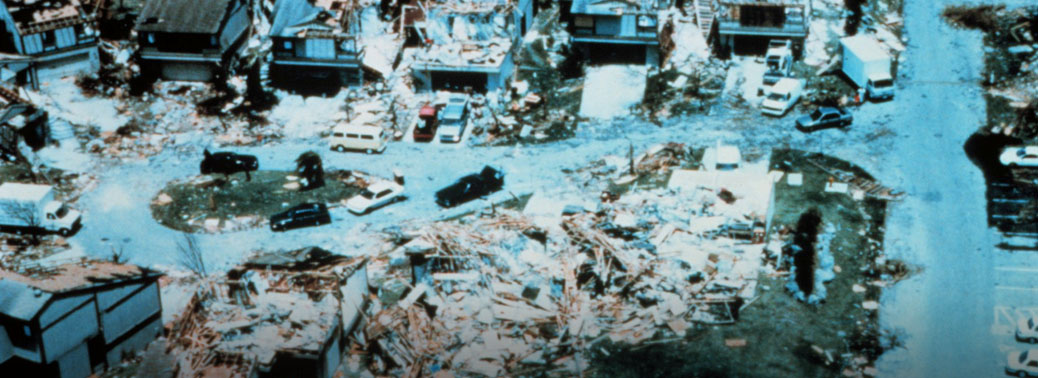Catastrophe Bond
22, Aug 2018

Prelims level : Indian Economy
Mains level : Paper – III Mobilization of Resources
- The recent floods in Kerala have set off a debate need of catastrophe bond in India.
- Considering that only about 30% of the damage from natural disasters are insured, such losses can impose severe financial burden on governments. In developing countries, governments may have to divert state funds, including those earmarked for development projects, to disaster relief and rebuilding efforts.
About:
- Catastrophe bonds, also called cat bonds, are an example of insurance securitization to create risk-linked securities which transfer a specific set of risks (generally catastrophe and natural disaster risks) from an issuer or sponsor to investors.
- This is a market mechanism for providing relief to the people in a timely manner. The catastrophe risk could be securitised and that it could be dispersed among a wide number of investors.
Significance:
- Meant to raise money in case of a catastrophe such as a hurricane or earthquake. Catastrophe bonds are used by property/casualty insurers and reinsurers to transfer risk to investors.
- The cost of issuing and managing catastrophe bonds is cheaper than the cost of reinsuring these risks and does the same function of transferring risk. Hence, insurance companies prefer issuing catastrophe bonds.
- The investors are compensated by a rate of return which is higher than that of normal government or corporate bonds.
- The advantages of the bond is diversifying the risk and reduces the stress on the balance sheets of the governments at the State and the Centre.
- This is perhaps the only class of bonds that is not tied to economic performance parameters which would be the case in equity. The world over the size of the catastrophe bond market is more than $30 billion.
- Catastrophe bonds are issued by insurance companies which have exposure to property and calamity insurance. In catastrophe bonds insurance industry hedge their risks through collaboration with capital markets companies.
- The instrument is a bond where the investor loses a part or whole of the capital based on certain pre-agreed conditions being triggered.
- The SPV invests the money from investors and pay coupons or interests to them. At the end of the term, the SPV will return the investors’ money if a disaster does not happen.
- It is high time that such instruments are introduced in India so that relief and reconstruction work in areas affected by natural disasters goes on unimpeded and are no stalled for only want of capital.






